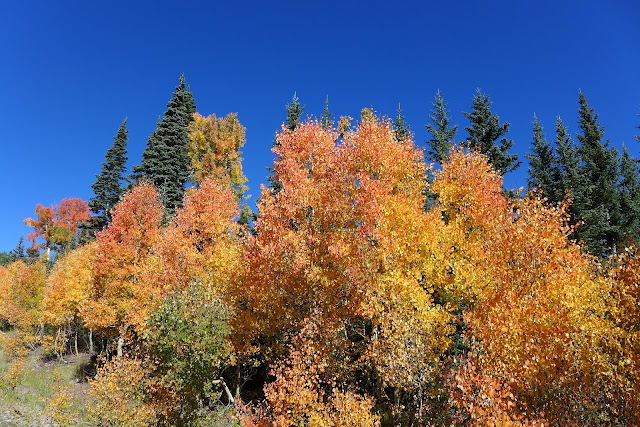This year the FOMBA Turkey Burner was cancelled again, well in advance of the event. Don't know why. The weather turned out to be phenomenal for the day after Thanksgiving, the best in my 18 years here in New Hampshire.
Filling the gap this year, a new cycling club State 9 Racing hosted an informal T-burner event. A different starting venue and very different route were used, something a little more to my liking - longer and hillier! For my non-New England readers, New Hampshire was the 9th state to ratify the current US Constitution, thus State 9 Racing.
The ride overwhelmed the FOMBA parking area on Depot Road. Three groups headed out around 9am, a CX bike group, B-group and A-group. I rolled out with 15 others in the A group, doing an extended route at sporty pace.
A few minutes into the ride, a rider already hit the deck right in front of me. A random diagonal steel pipe sweaty with dew has a way of taking your front wheel away from you. It was so warm out that the ground was below the dew point. Those of us starting out with long layers were soon removing them. The temp quickly rose above 60F! Not much recent rain meant the trails were in mint condition too.
The snowmobile corridor Trail 15N took us up to Bear Brook State Park, 10,000 acres with growing network of flowy singletrack. We hit Hedgehog Ledge trail first. I was going to ride the granite staircase, something I haven't done in years. On a long travel 29er, it should be a piece of cake. But then I saw many guys bail on committing in front of me. When I got up to the lip, I hesitated, then it was all over. Once you lose your nerve, its not good to go anyway. I've ridden it many times on a 26" wheeled MTB. Guess I've become more risk adverse over the years. The consequences of botching that drop are severe, but the probability of it going awry is perhaps low. It's a psychological thing.
The hiker-biker lot in Bear Brook was the mid-point of our ride. State 9 Racing had set up their canopy with food table there. Treats graciously provided by one of their sponsors Jake's Old Fashioned Ice Cream and Bake Shop were heavenly. All three groups followed routes to get us there around 11am, which proved successful. After some socializing, groups shuffled up a bit. The A-group pared down to 10 riders.
We first swung north in the park to hit much of the newer NEMBA built singletrack before working our way south on the famed Hemlock Trail and out of the park. Our route back to FOMBA followed mostly Class VI town roads, often chunder buried deeply with oak leaves. Fortunately, I'm very familiar with this route without leaves and knew where to be careful or what line not to take. More riders hit the deck, fortunately nothing serious.
My sensored Garmin logged 38 miles in 3.3hrs moving time with 2900ft of climbing. Couldn't have been a nicer day, and it was a great group to ride with. Always cool to meet and ride with new people. Everybody has a different riding style, strengths and weaknesses. You always learn something when you see how the rider in front of you plies their strengths and weakness against the terrain. I'll leave you with photos I and a few others captured.
Some of the group gathering before the ride at FOMBA
Andy leading the A-group on Trail 15N to Bear Brook
Group photo op at Bear Hill Pond
Another angle at Bear Hill Pond. Is it really almost December?!
Dodging boulders on Hedgehog Ledge Trail
Hedgehog Ledge. Felt like summer.
State 9 Racing volunteers set up feed stop at the hiker-biker parking lot in Bear Brook.
Mmmm, Jake's baked goods! (photo Doug R.)
Fullest I've ever seen this lot, and we didn't park here! Really cool to see Bear Brook blossom like this, thanks to NEMBA's hard work gaining the confidence of the state to build and maintain trail.
Might be everybody from three riding groups here. Didn't get name of woman who took the photo.
Beaver Pond Trail, sketchy log bridge section. Almost nobody attempted to ride it...
...Jonathan made it look easy.
Dave on Class VI trail, which took us back to towards FOMBA. Note ice on pond and short sleeves. Awesome!
There's no end to the culinary assault I suffer on a daily basis, whether it's our department admin bringing me decadent home-baked goods at work, or in this case Dave Penney giving me a massive whoopie pie post ride. It didn't even list how many calories were in it because you wouldn't want to know. I didn't eat it all (yet). (photo Dave P.)































































